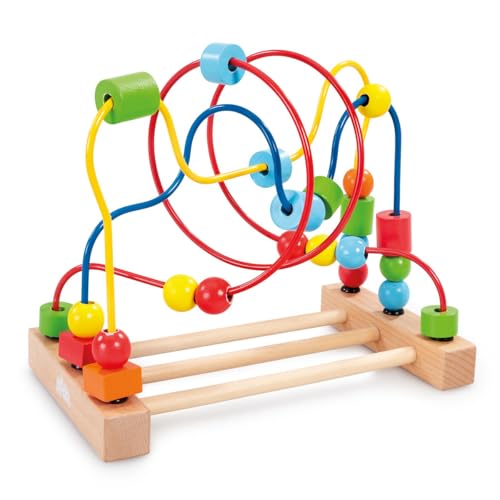The importance of proper bead stringing techniques
When it comes to creating beautiful jewelry, one of the key techniques to master is bead stringing. This involves stringing beads onto a cord or wire to create a necklace, bracelet, or other piece of jewelry. It may seem like a simple task, but using the best techniques for bead stringing is crucial to creating a piece that is not only visually appealing but also durable and long-lasting. In this article, we will explore some of the best techniques for bead stringing.
Selecting the right stringing material
Choosing the correct stringing material is the first step in bead stringing. There are various options available, including nylon, silk, polyester, and wire. Each material has its own advantages and depending on the type of beads you are using and the style of jewelry you want to create, you should select the appropriate stringing material. Nylon is a popular choice for its versatility and durability, while silk adds an elegant touch. Wire, such as beading wire, is great for creating more structured pieces. Consider the weight, strength, and flexibility of the stringing material to ensure it is suitable for your project.
Using proper thread tension
Thread tension plays a crucial role in bead stringing. If the tension is too loose, the beads may slide around and the piece will lack structure. On the other hand, if the tension is too tight, the cord may snap or the beads may become misshapen. It is important to find a balance in thread tension that allows the beads to sit snugly against each other without being overly compressed. Experiment with different tension levels and practice until you achieve the desired result. Using a bead stopper or tape can help maintain thread tension while you work.
Knotting between beads for security
Knotting between beads is another important technique in bead stringing. Knots not only add a visually appealing element to the jewelry, but they also act as a security measure to prevent the beads from sliding off if the string breaks. One common knot used in bead stringing is the double knot. To create a double knot, simply make a loop with the string, pass the end of the string through it, and pull tight. Repeat the process for added security. Knotting between beads also allows for more flexibility in the design, as you can add spacer beads or create patterns with different colored beads.
Finishing with proper findings
After you have completed your bead stringing project, it is essential to finish it off with proper findings. Findings refer to the clasps, jump rings, and other components that secure the ends of the stringing material and allow you to fasten the jewelry piece. The type of findings you choose will depend on your design and personal preference. Spring ring clasps, lobster clasps, and magnetic clasps are commonly used to secure necklaces and bracelets. Jump rings are used to connect various components, such as pendants or charms. Make sure to choose findings that are durable and of high quality to ensure the longevity of your jewelry.






